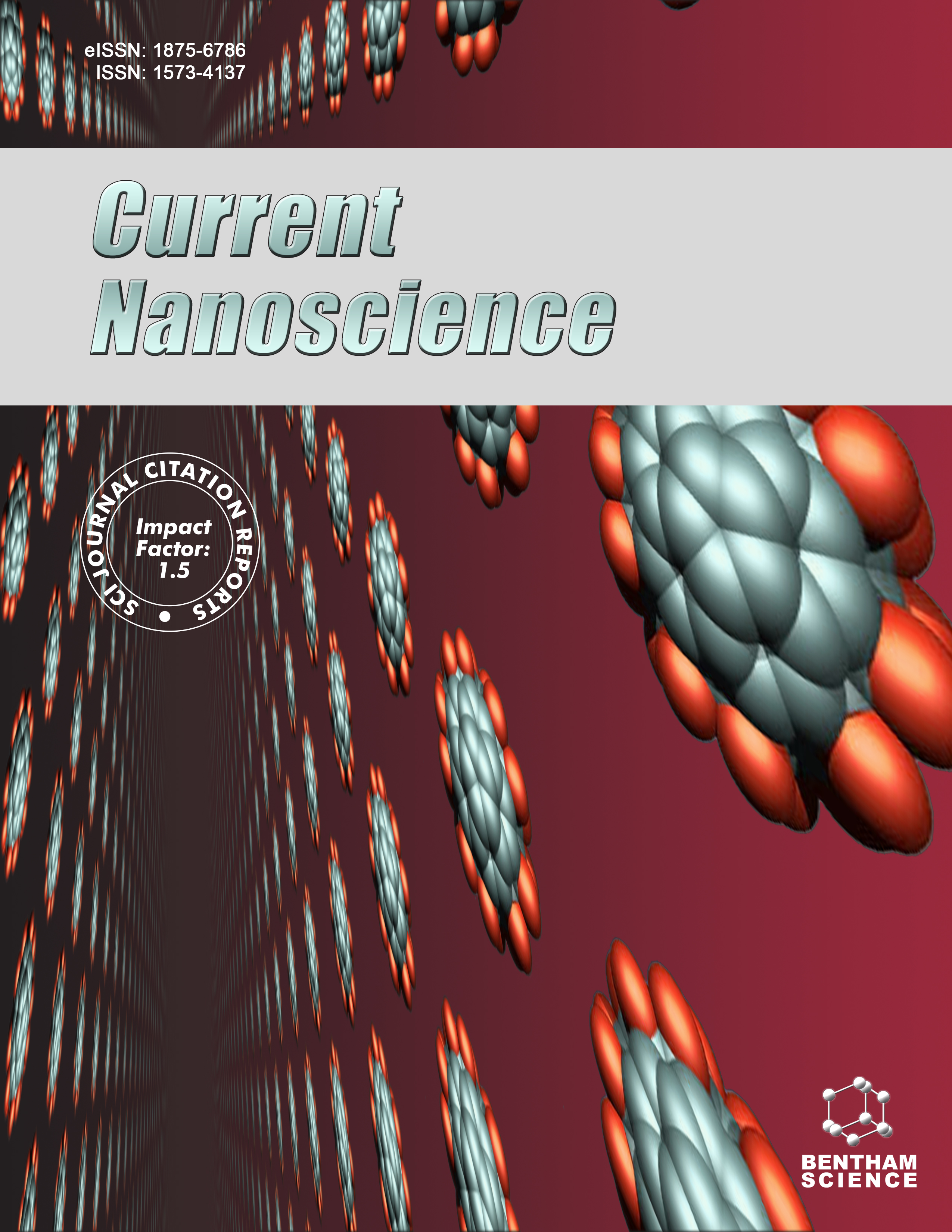
Full text loading...
We use cookies to track usage and preferences.I Understand
Rice husk is an important agricultural waste that contains organic mass and bio-silica. Although some rice husks have been used as fuel, animal food, filler for wine fermentation, and fertilizer, the majority are discarded as agricultural waste, which does great harm to the environment. The conversion of rice husk to silicon carbide (SiC)-based materials satisfies the demand for the reutilization of solid wastes.
The article reviews recent progress and patents on the SiC-based materials from rice husk. The possible development directions of the SiC-based materials from rice husks are also analyzed.
SiC materials with different morphologies, including microscale and nanoscale particles, nanoscale whiskers, and nanowires, can be prepared by high-temperature carbothermal reduction reaction from rice husk at the temperature of 1200-1800°C, reaction time of 0.5-8 h, respectively. SiC-based composites, including SiC nanowires/C, Al/SiC, SiC/Si3N4, and SiC/Al2O3, can be obtained using rice husk as main source materials at 800-1800°C. SiC-based materials exhibit great application potential in the fields of absorbents, optical devices, mechanical products, photocatalysts, semiconductors, and Li-ion batteries.
The low cost of preparing SiC-based materials from rice husk, combining them with different compositions, and exploring new applications are important research directions in the future.

Article metrics loading...

Full text loading...
References


Data & Media loading...

